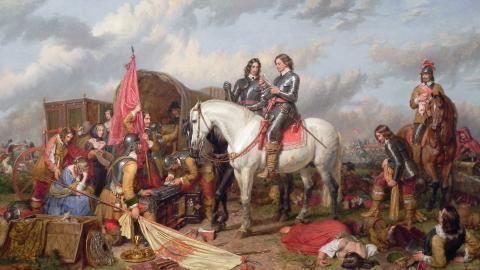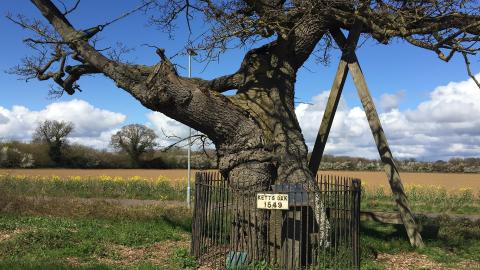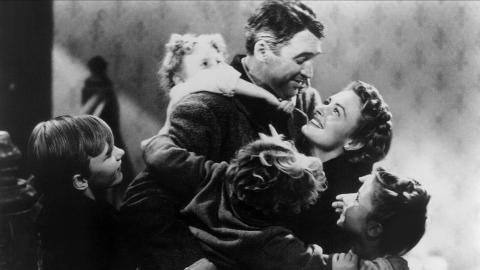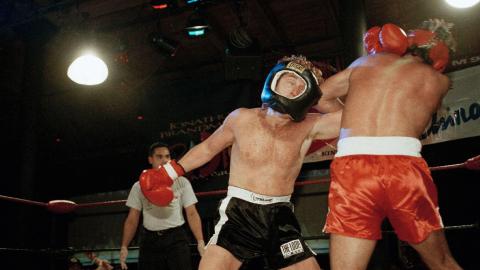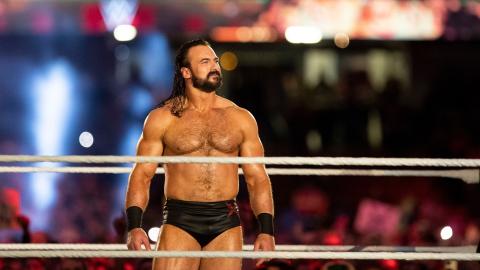Ten guys like that give people the idea that everybody who drives a motorcycle is crazy. What are they tryin’ to prove anyway?
The Wild One (1953)
Motorcycles clubs have existed in the US and other countries since the turn of the twentieth century, but it wasn’t until after World War 2 that the culture – and its only partially deserved reputation for violence and criminal activity – exploded in the US and around the world.
Some of the oldest motorcycle clubs in the world date back to about ten years after the invention of the first commercially available motorcycles, including the San Francisco Motorcycle Club (1904) and Yonkers MC (1903). There is, of course, dispute over who can claim the title of oldest (and even second-oldest), but suffice it to say they been around for a while. At the time, motorcycle clubs tended to be niche, localised affairs, as it was difficult to wreak havoc when reaching top speeds of only 40 miles per hour on a machine that looked more like a bicycle than a war hog. World War 1 saw a steep increase in speed and power for the two-wheelers engine, but it wasn’t until after World War Two that motorcycles became more than an excuse to get out of the house with your mates on a Sunday afternoon.
Much has been written about the difficulty combat soldiers face re-entering polite, staid society, and Second World War veterans didn’t stray from the pattern. Used to close camaraderie and addicted to adrenaline, former soldiers searched for a way to recreate the rush of war on home soil, and with motorcycles now reaching speeds of over 125 miles per hour – with all of the attendant dangers – they didn’t have far to look. The forties and fifties saw a boom in motorcycle club formation in the US, many of which are still around today, as well as in countries such as the UK, Ireland and Australia. Hollywood – never one to let an opportunity go to waste – capitalised on this burgeoning rebel culture filled with young people carrying unprecedented levels of disposable income with films such as The Wild One, Maniacs on Wheels and The Pace That Thrills.
It was during this period that the motorcycle club’s reputation started showing the first signs of tarnish. This was partly owing to the black leathered and greased hair appearance of its members – quite a shock when Donna Reed was still considered the height of fashion – as well as their devil-may-care attitude and the brash dangerousness of the bikes themselves, but it was a clash in 1947 that, for most people, solidified the average citizens notion that bikers were just no good.
Hollister, California, had been hosting motorcycle rallies since the thirties, but the event was suspended during overseas hostilities. Their comeback year was 1947, but since club memberships had skyrocketed after the war, the town became too small a venue to handle the influx, which doubled its population overnight. Drinking, lack of accommodation and rivalries led to chaos, but it was a more controlled chaos than the media outlets of the day would have us believe. Referring to as a ‘riot’ and employing a (possibly faked) photo of a drunken biker surrounded by empty beer bottles as shorthand, the media used Hollister to decry biker culture while giving the public something concrete to fear.
And by the 1960s, the public’s fears had come true…sort of.
Did you know?
The oldest established all-female motorcycle club in the world may be The Motor Maids, which received their American Motorcyclists Association charter in 1940, making them older than even the famed Hell’s Angels.

